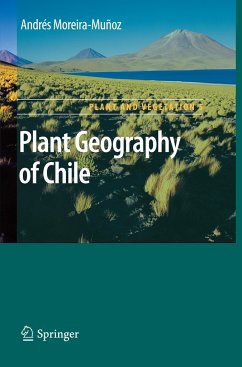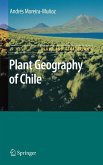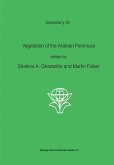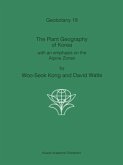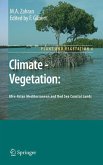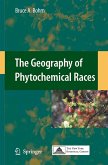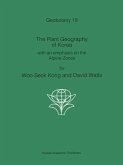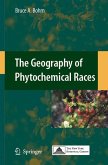The first and so far only Plant Geography of Chile was written about 100 years ago, since when many things have changed: plants have been renamed and reclassified; taxonomy and systematics have experienced deep changes as have biology, geography, and biogeography. The time is therefore ripe for a new look at Chile's plants and their distribution.
Focusing on three key issues - botany/systematics, geography and biogeographical analysis - this book presents a thoroughly updated synthesis both of Chilean plant geography and of the different approaches to studying it. Because of its range - from the neotropics to the temperate sub-Antarctic - Chile's flora provides a critical insight into evolutionary patterns, particularly in relation to the distribution along the latitudinal profiles and the global geographical relationships of the country's genera. The consequences of these relations for the evolution of the Chilean Flora are discussed.
This book will provide a valuable resource for both graduate students and researchers in botany, plant taxonomy and systematics, biogeography, evolutionary biology and plant conservation.
Focusing on three key issues - botany/systematics, geography and biogeographical analysis - this book presents a thoroughly updated synthesis both of Chilean plant geography and of the different approaches to studying it. Because of its range - from the neotropics to the temperate sub-Antarctic - Chile's flora provides a critical insight into evolutionary patterns, particularly in relation to the distribution along the latitudinal profiles and the global geographical relationships of the country's genera. The consequences of these relations for the evolution of the Chilean Flora are discussed.
This book will provide a valuable resource for both graduate students and researchers in botany, plant taxonomy and systematics, biogeography, evolutionary biology and plant conservation.
From the reviews:
"The book provides refreshing reading and offers 'everything you always wanted to know about Chilean plant diversity'. It can be recommended not only to graduate students and researchers in plant biogeography, taxonomy and evolutionary biology but also to a broad audience of enthusiasts interested in South American plants." (Jindrich Chrtek, Folia Geobotanica, Vol. 48, 2013)
"The physical geography and geobiotic history of Chile is carefully summarized ... thus making Earth history easier for, say, an ecologist to understand. ... the use of tracks and plentiful distribution maps does make it easier to understand and visualize the connections between floral elements globally. ... I highly recommend this text for those willing to incorporate geobiotic history, physical geography, taxonomy, and bioregionalization in their biogeographical pursuits." (Malte C. Ebach, Systematic Biology, Vol. 61 (5), 2012)
"Andrés Moreira-Muñoz has written a book on the evolutionary biogeography of Chile, from the viewpoint of plants. ... I really enjoyed reading this book. It contains an impressive amount of information. ... it explores different ... approaches that have been proposed to explain biogeographical patterns, suggesting that the vicariance/dispersal dichotomy is just too simple a problem design to deal with the complexities of evolutionary biogeography. This book should be read by biogeographers, systematists, naturalists, ecologists, and any other person interested in biogeography and evolution." (Juan J. Morrone, Cladistics, Vol. 28, 2012)
"The book provides refreshing reading and offers 'everything you always wanted to know about Chilean plant diversity'. It can be recommended not only to graduate students and researchers in plant biogeography, taxonomy and evolutionary biology but also to a broad audience of enthusiasts interested in South American plants." (Jindrich Chrtek, Folia Geobotanica, Vol. 48, 2013)
"The physical geography and geobiotic history of Chile is carefully summarized ... thus making Earth history easier for, say, an ecologist to understand. ... the use of tracks and plentiful distribution maps does make it easier to understand and visualize the connections between floral elements globally. ... I highly recommend this text for those willing to incorporate geobiotic history, physical geography, taxonomy, and bioregionalization in their biogeographical pursuits." (Malte C. Ebach, Systematic Biology, Vol. 61 (5), 2012)
"Andrés Moreira-Muñoz has written a book on the evolutionary biogeography of Chile, from the viewpoint of plants. ... I really enjoyed reading this book. It contains an impressive amount of information. ... it explores different ... approaches that have been proposed to explain biogeographical patterns, suggesting that the vicariance/dispersal dichotomy is just too simple a problem design to deal with the complexities of evolutionary biogeography. This book should be read by biogeographers, systematists, naturalists, ecologists, and any other person interested in biogeography and evolution." (Juan J. Morrone, Cladistics, Vol. 28, 2012)

